The Mola mola (or sunfish) is one of the strangest and most Jurassic looking fish in the ocean and yet one that marine enthusiasts often place highly on their lists of ‘things to see’. As the heaviest known bony fish in the world and weighing in at over 990kg mola have two dorsal fins making them as tall as they are long. The most distinguishing feature of the mola is its main body area – of which there is very little and what is present, is flattened laterally.
In this article, we take a look at this prehistoric giant of the deep that frequents the Savu Sea in more detail….
It’s All in the Name
Mola, or specifically Mola mola* (more on this under ‘species’ below) are from the Molidae family and are commonly referred to as sunfish, or ocean sunfish.
The name sunfish is thought to come from its habit of ‘sunbathing’ on the surface of the water. In French this name is translated to moonfish – Poisson Lune, possibly due to their silvery colouration.
Their strange appearance has led to the German name, ‘schwimmender kopf’ which translates literally to ‘swimming head’ in reference to their almost non-existent mid-body sections.
The scientific family name ‘Mola’ is Latin and means ‘millstone’ perhaps referring to either the shape or marbled coloration of the fish.
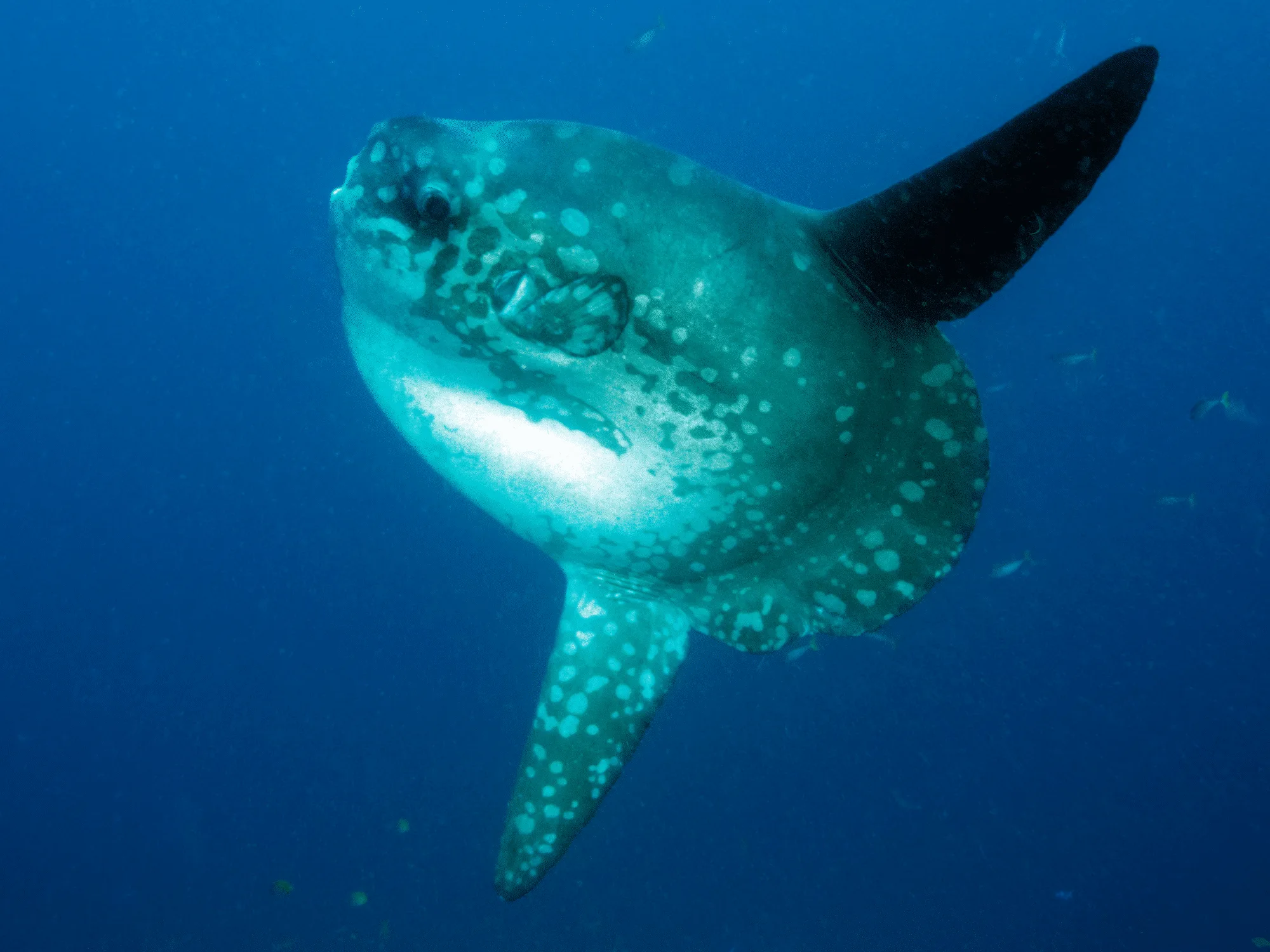
Species of Mola
There are five main species of Mola as follows:
- Bumphead Sunfish: Mola alexandirini (previously classified as Mola ramsayi)
- Hoodwinker Sunfish: Mola tectra
- Sharptail Sunfish: Masturus lanceolatus
- Slender Sunfish: Ranzania laevis
- Oceanic Mola: Mola mola
Mola in Savu
We are extremely fortunate to be located in one of Indonesia’s best marine locales for spotting marine megafauna, including cetaceans, pelagics, and of course, Mola!
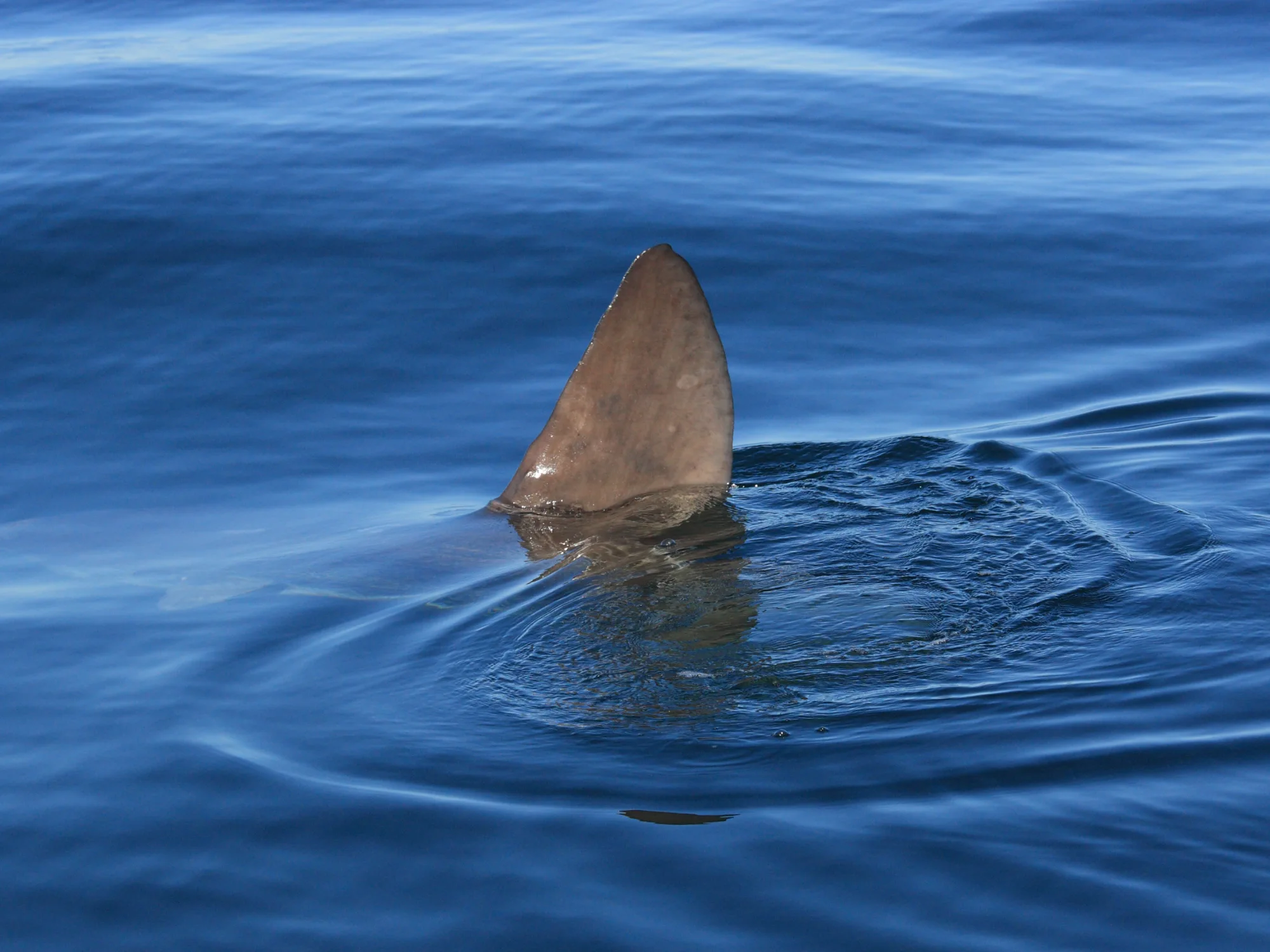
Mola Mola in the Savu Sea, Alor
Here in Alor, we spot the Oceanic Sunfish, Mola mola, which is one of the most rounded in shape and it is the most distinctive Mola. Mola mola have the iconic Mola-shaped body and out of proportion ‘body-to-head-to-tail’ ratios.
Mola Season in the Savu Sea
We encounter mola all year round with a peak from August to November (what we call our ‘Mola Season’). During the season, the best times for sightings are immediately after full and new moon at certain areas in the Pantar Strait where the cold water upwellings meet warm water currents. During these periods, we are extremely fortunate that surface encounters can be almost guaranteed!

Sightings of Mola in the Savu Sea
Alor is unique in many ways when compared to other regions of Indonesia. Our marine life sightings are much more predictable – possibly due to our endless years of observation, experience, patience, and monitoring!
Mola mola sightings are no different and, unlike in other parts of the Indonesian Archipelago, little is left to chance or luck. In regions such Nusa Penida in Bali we hear about divers visiting year after year during the season but leaving time and time again without a sighting.
Perhaps one of the best aspects of diving with Mola in Alor is that whilst sightings can not be guaranteed they are very likely. When they happen they are always exceptionally personal. Our small numbers and thoughtful passive observance allow the animals to go about their normal behaviour and allow our guests to have longer, and often extraordinary close up sightings.

Diving with Mola Mola in Alor
We have identified five dive sites that we specifically visit to encounter Mola. All of these sites are in the southern region of the Pantar Strait Marine Protected Area where there are frequent seasonal cold water upwellings – often as cool as 18°C.
Outside of these five mola ‘hotspots’ there is one exception… our very own Savu South Alor House Reef! Just a step off the beach – encounters on our House Reef are not unheard of either!
Mola and Thresher Sharks
We have come to term this as ‘hitting the Alor Jackpot’ and whilst we absolutely cannot guarantee it, there have been times when we have even encountered a mola and a thresher shark on the same dive. We have even been able to identify which areas, and at which times, the possibility to see these two iconic marine animals is most likely!
Snorkeling with Mola in Alor
Because mola are commonly known as deep water fish the prospect of snorkeling with them is often thought of as fanciful at best. However, we can prove that snorkeling with Mola is not only possible but that surface sightings can be almost guaranteed, and when handled correctly, the in-water snorkeling encounters can beat even the best of diving encounters due to abundance of natural light in the shallows. We believe that Alor is one of the only places on the planet that offers this incredible experience.
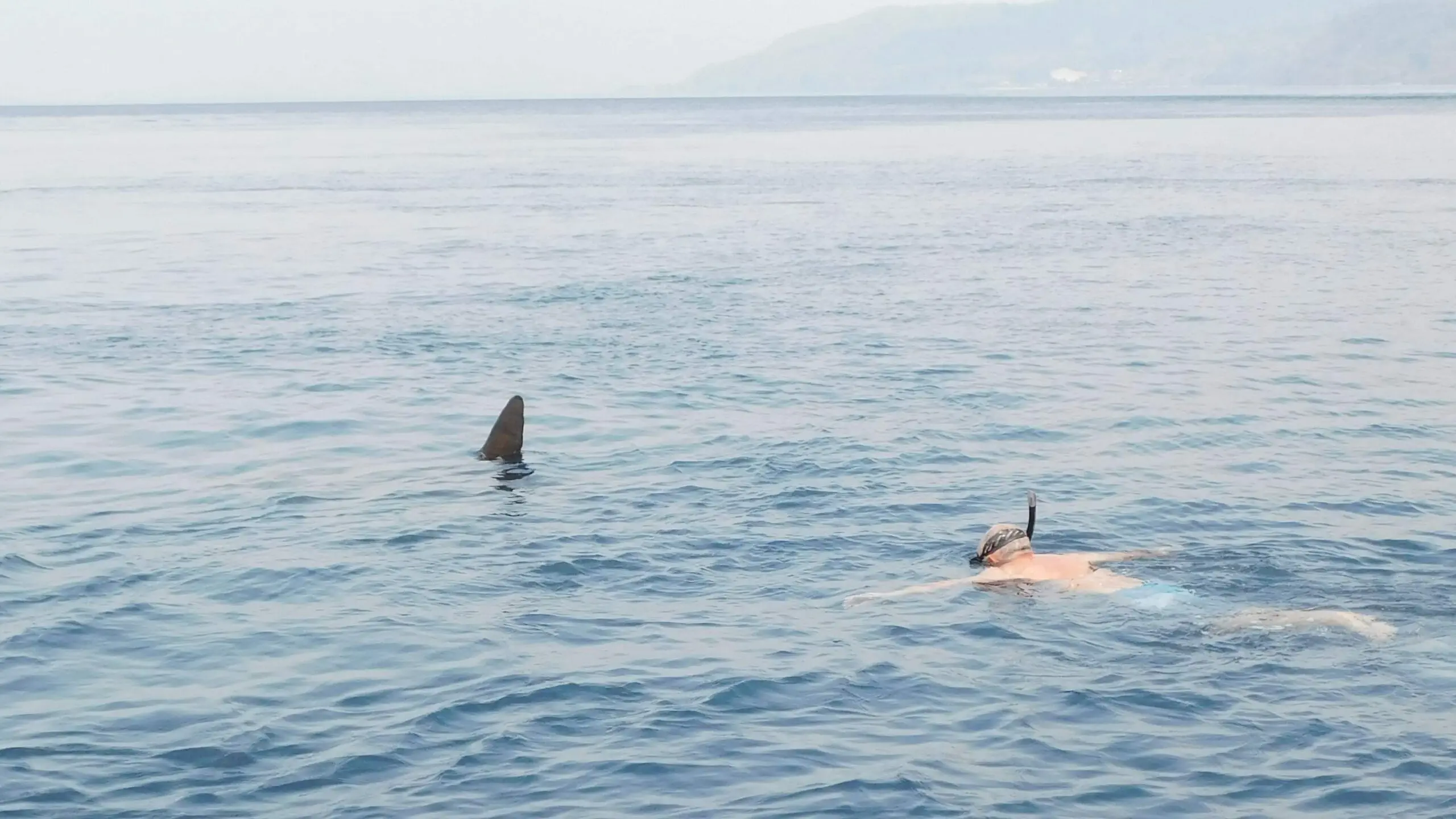
During our Mola snorkeling boat trips we head out to our top spots for potential sightings. Our first sightings are usually of Mola fins gently breaking the surface – it’s not uncommon for the Mola’s triangular fin tip to be confused with a shark fin!
Once we have spotted an individual at the surface our aim is to approach slowly and carefully so as not to spook the animal. We give a thorough briefing prior to heading out about how best to enter the water and how to snorkel alongside the animals in a passive and non-evasive manner. This technique often allows very close encounters – even face to face!
After initial time in the water it appears that the animals can become curious about snorkelers and from time to time they will stay at the surface for even longer.
We have been able to share incredible Mola snorkeling experiences with our guests – from encounters with individuals to small groups of up to four Mola at one time. It’s not unusual for us to spend up to 10 minutes with one animal.
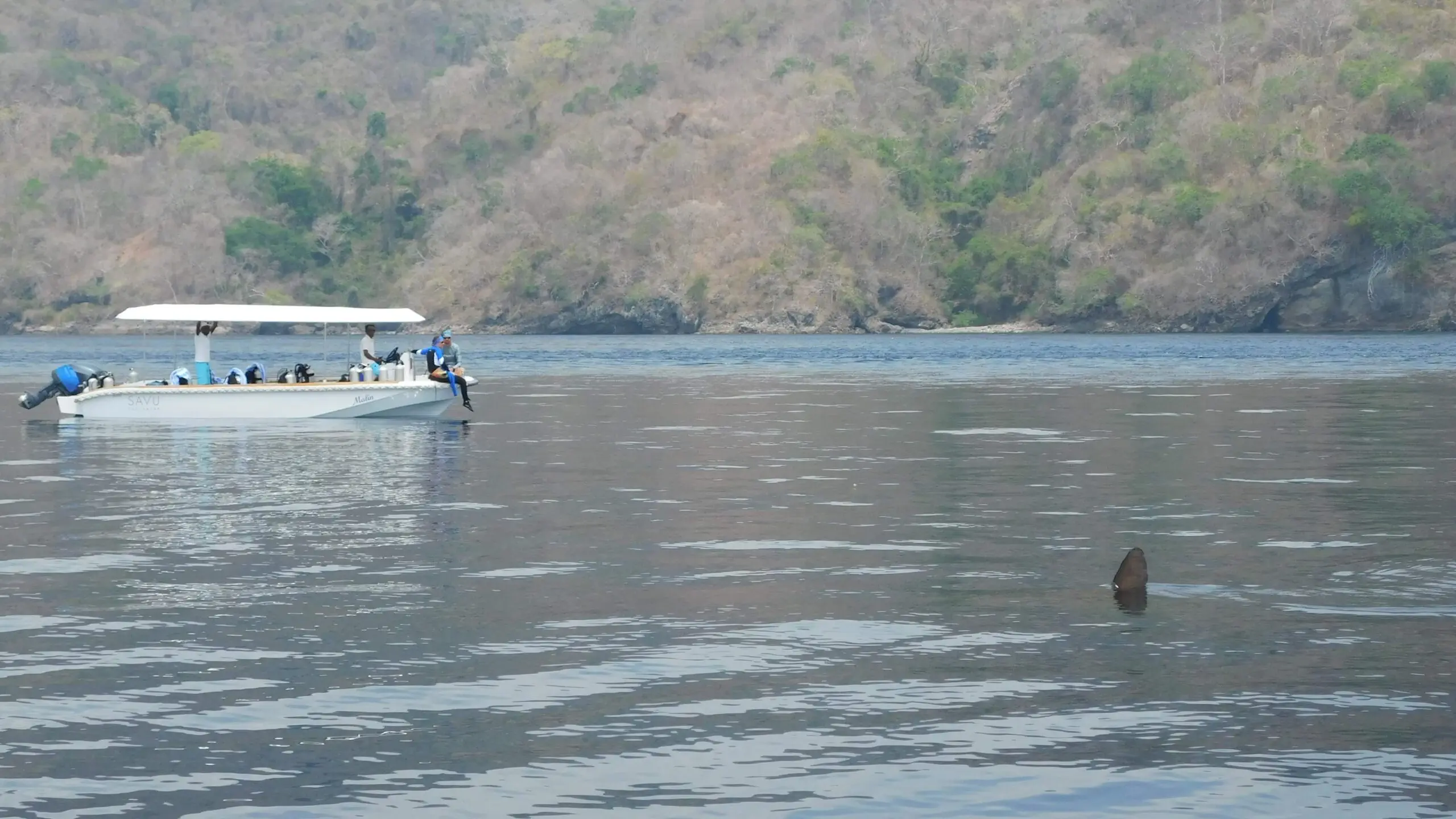
More About Mola Mola
Here are a few more facts about mola that we find particularly interesting!
Scientific Classification of Mola
Mola are scientifically described under the class of Osteichthyses (bony fishes) and they are from the order of Tetraodontiformes, which includes triggerfish, boxfish, porcupinefish and puffers.
Feeding
Mola live on a diet of nutritionally poor jelly fish and to maintain their body weight they consume huge quantities.
Cleaning
Ordinarily Mola are a deep water fish but seasonally they drift up the reefs on the cold thermoclines making their way into the shallower waters. Their visits to the shallows appear to be driven by two main purposes – rewarming (sunbathing behaviour) and cleaning.
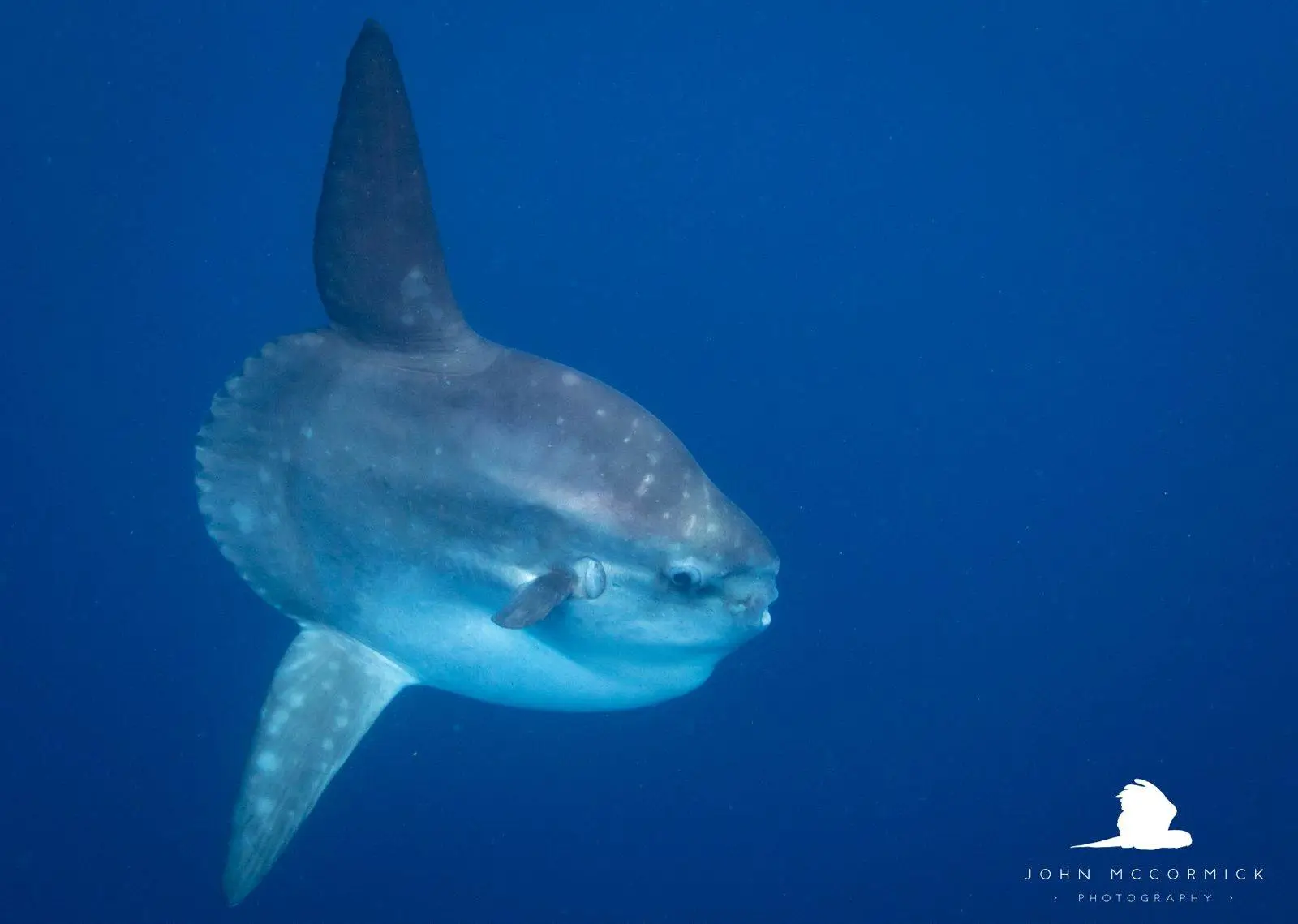
Year round mola carry an incredibly heavy parasitic load and these giant fish rely on some of the reef’s smallest inhabitants to unburden them through cleaning. When mola are looking to be cleaned, they approach the reef, and once settled, they appear to go into a trance-like state while the small fish get to work.
When observed carefully, it can be seen that different reef fish take ‘responsibility’ for cleaning different parts of the animal’s body. Schooling banner fish clean the fins while smaller butterflyfish tend to clean around the eyes and more sensitive areas.
Marine Megafauna – the BIG 5
These huge fish can reach a massive 4 – 5 meters from fin tip to fin tip, which definitely makes them part of the marine BIG 5 along with whale sharks, hammerheads, dugongs and manta rays!
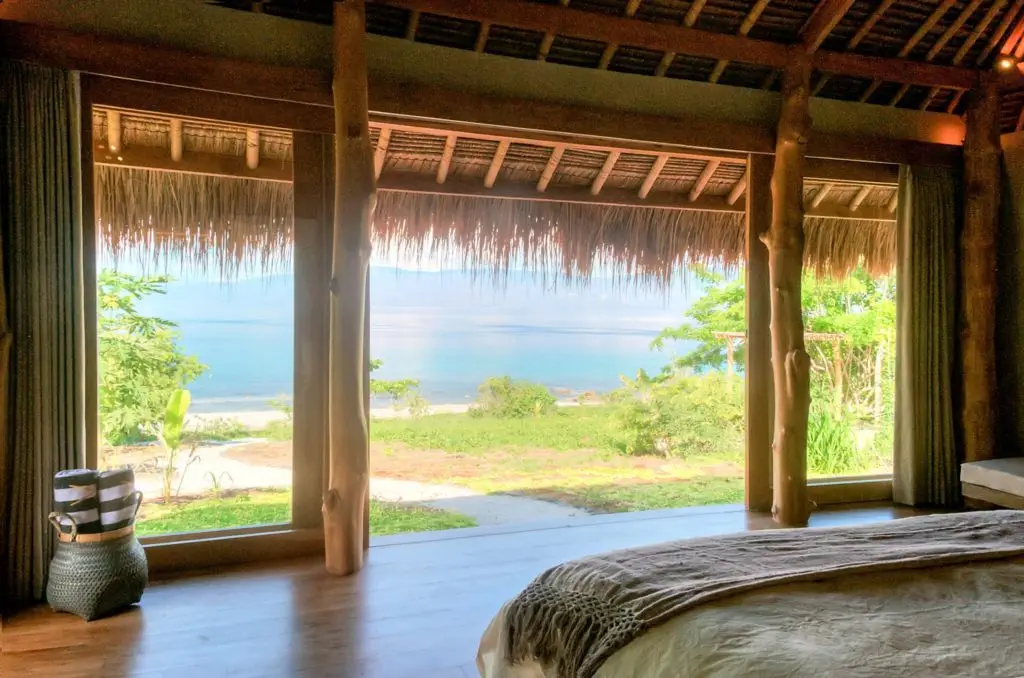
Join Us in Alor
Are you hoping to see Mola? Come and join us! Explore our incredible coral reefs, kick back and unwind on our white sand beach, and look out for whales on the horizon. Our commitment to conservation and marine protection is borne out of our passion for the ocean – something we look forward to sharing with you!
If you would like to join us in Alor contact us at: reservations@SAVUsouthalor.com or fill in our contact form.
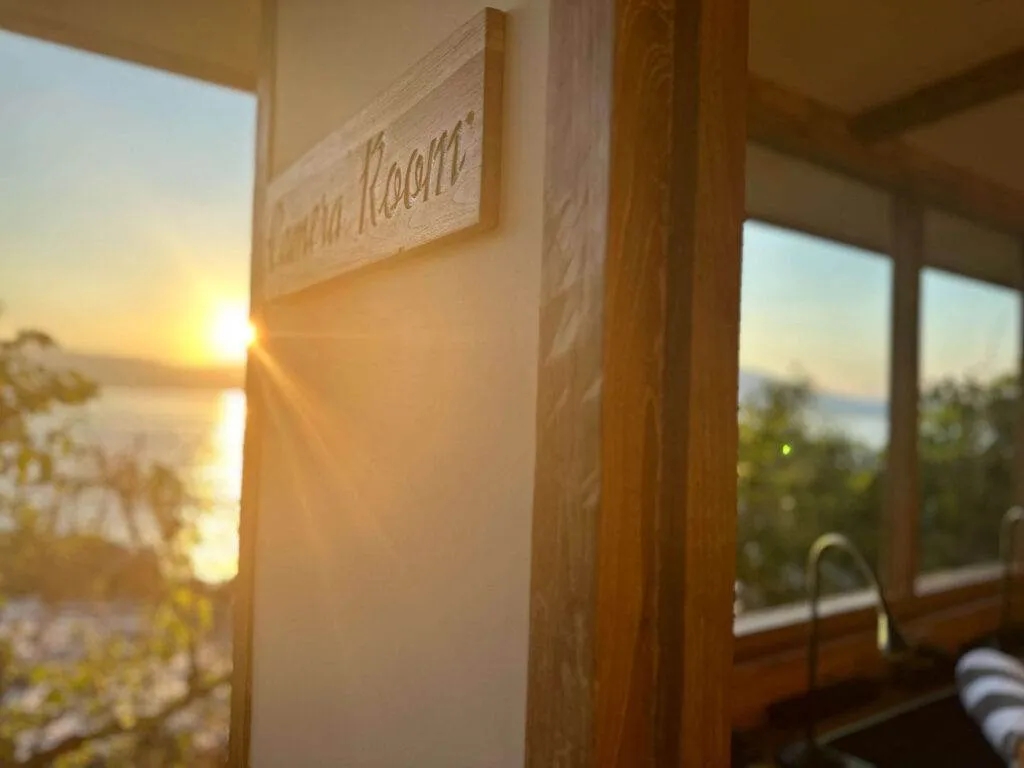


2 Comments
Hi
We are on our sailboat and may come to your area around end of February- beginning of March if there is a good chance to see Mola Molas with you. What do you think?
Cheers, Ian and Ann
Ahoy Ann and Ian,
that time of the year (end of rainy season) we traditionally keep the resort closed, hence I do not have any data on Mola Mola sightings. Generally there are chances to see these amazing creatures all year around (with best chances from September to December): just keep your eyes peeled for that wobbly fin breaking the surface.
All the best and always fair winds,
Johannes